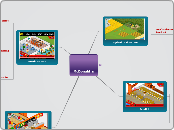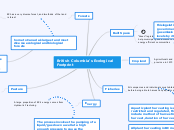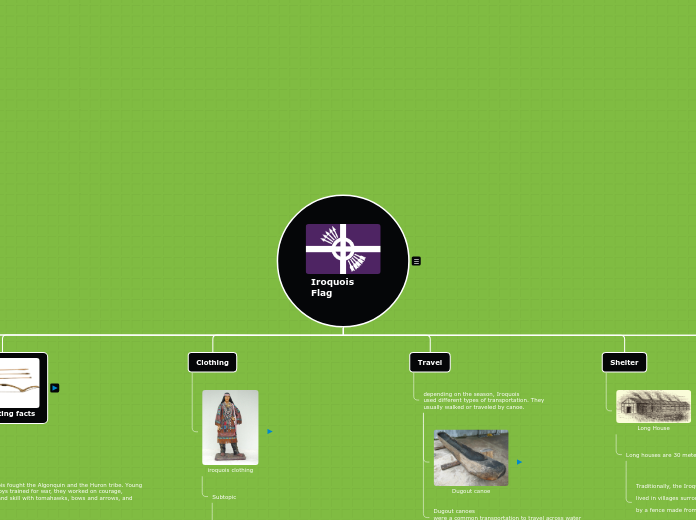da Ashley Valdes mancano 7 anni
148
The Most Invasive Species Notes
The Chumash people of southern California thrived in a rich environment that facilitated advancements such as deep-sea fishing, the creation of planked canoes known as Tomols, and the development of a market economy.









